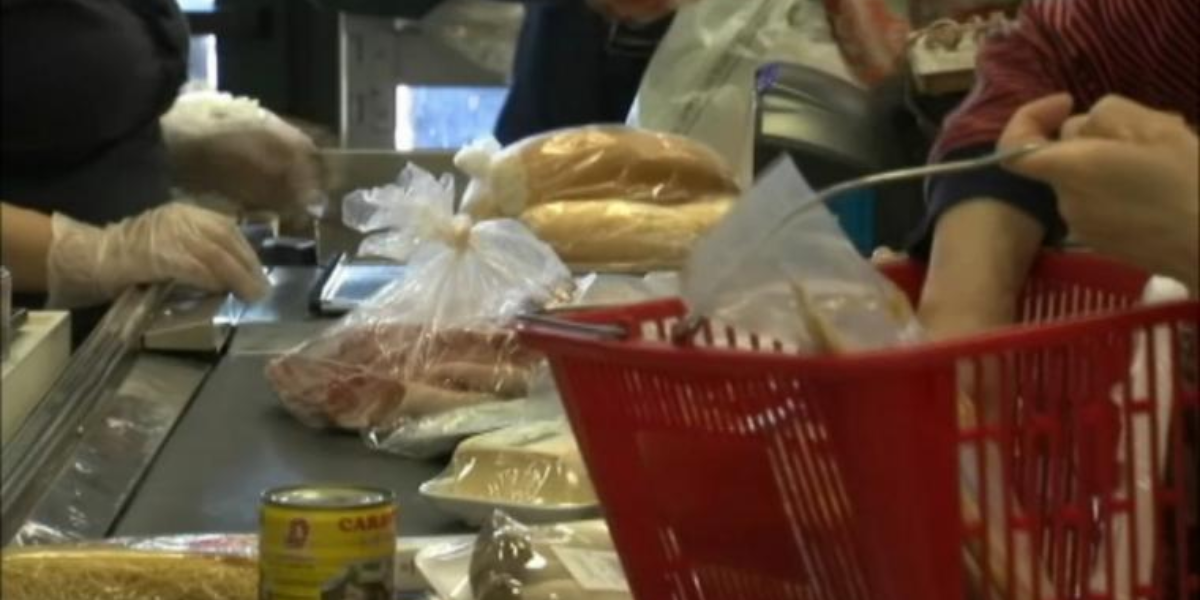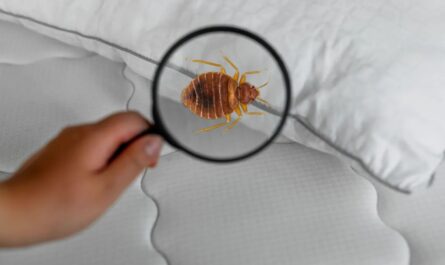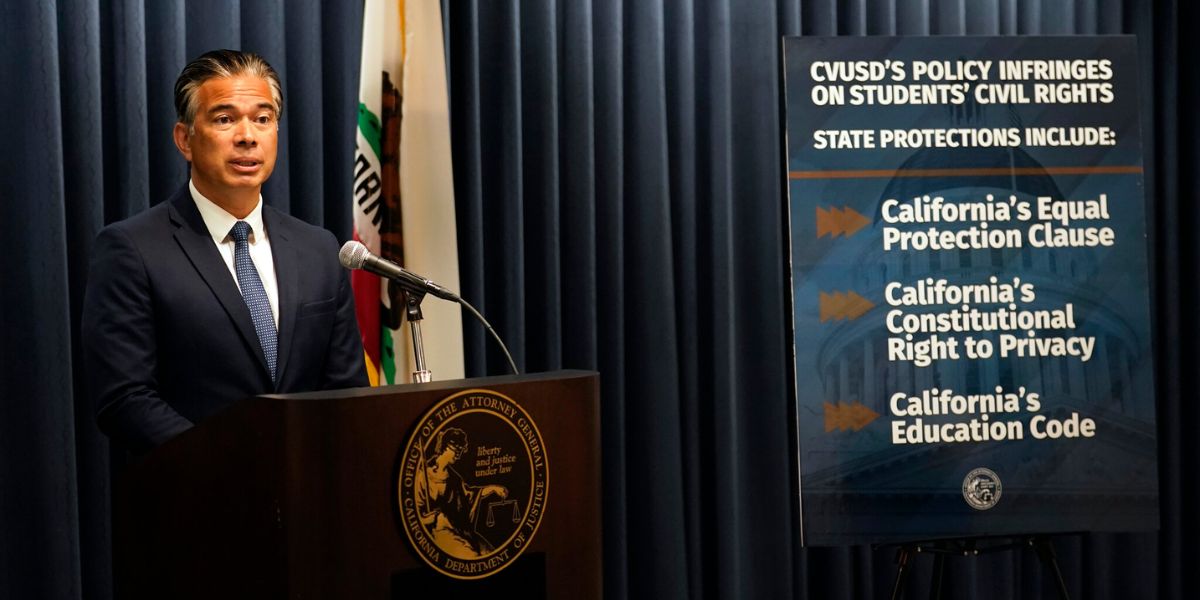The newly passed budget-reconciliation statute by the Republican-controlled Congress would result in significant financial burdens for the state government of Illinois.
However, the state has some time to prepare itself, and if the Democrats are successful in gaining seats in the United States House of Representatives and Senate in the upcoming year, they may be able to reverse or ameliorate some of the most severe cuts to health care and food security programs before the vast majority of them go into force following the elections in 2026.
In the meantime, Governor JB Pritzker has the ability to reduce some of the direct fiscal damage that the state is experiencing through a significant administrative effort. This is a fact that has been largely ignored in the most of the news coverage that has been done up until this point.
Without significant changes to the administration of the state, the state of Illinois might be responsible for a portion of the additional mandatory costs for the Supplemental Nutrition Assistance Program that could amount to $788 million year. This is money that the state does not possess.
However, Pritzker’s prediction was based on the proposal that was presented by the United States House of Representatives. Pritzker stated last month that the SNAP proposal would cost Illinois $1.2 billion annually. A reduction in that number was included in the Senate version, which was approved by the House.
As a result of the fact that the reductions won’t start until the beginning of the federal fiscal year in 2028 (which begins on October 1, 2027), the state has the opportunity to make improvements on its end in the meantime. Furthermore, the effective date of the cutbacks is almost a year after the midterm elections in 2026.
If the current trend continues, the state of Illinois will be required to pay fifteen percent of the overall costs associated with the Supplemental Nutrition Assistance Program (SNAP), which, according to the office of the governor, would amount to seven hundred and five million dollars annually.
The reason that the state is responsible for fifteen percent of the costs associated with benefits is due to the high SNAP payment mistake rate that it has, which, according to the United States Department of Agriculture, stood at eleven and a half percent in the fiscal year 2024. The state’s error rate for underpayments to SNAP beneficiaries was less than one percent, while the state’s error rate for overpayments was ten percent.
Following the passage of the new federal law, states that have SNAP payment mistake rates of 10% or greater are required to pay 15% of the costs associated with SNAP benefits. It will be quite difficult for the state to pay that, which means that a large number of people may lose their food assistance if things do not change.
There were eleven states with higher error rates than Illinois, including New York and New Jersey, as well as the District of Columbia. On the other hand, there were 38 states with lower error rates.
Illinois would be able to pay 10% of benefit expenses, which is equivalent to $470 million annually, if it were to reduce its mistake rate to a level that was above 8% but below 10%, which would put it on pace with states such as Michigan, Ohio, and Texas.
If Illinois were to bring its error rate down to the previous fifteen-year average of 7.1 percent, as reported by the Food Resource and Action Center, the state’s annual penalty would be the equivalent of 5% of benefit expenditures, which would amount to $235 million annually.
Furthermore, if the administration of Pritzker were to be successful in bringing the mistake rate down to below 6%, then the state would not be subject to any extra state sanctions.
Over the course of the period between 2011 and 2017, Illinois attained those decreased mistake rates five times. Wisconsin was one of eight smaller states that had error rates that were lower than 6% in the fiscal year 24.
A reduction in the error rate is something that needs to be done if the law is not altered. If it is not done, it will eventually cost the state a lot and/or result in a significant number of individuals missing out on assistance.
When Pritzker boasts about his administrative skills on a regular basis, this presents him with a quantitative opportunity to demonstrate his abilities. Nevertheless, he does not have a lot of time because the initial rise in the Supplemental Nutrition Assistance Program (SNAP) payment will be determined by the state’s performance during the federal fiscal year 2026, which starts in October. It is imperative that the state take a comprehensive approach to addressing this issue.
According to the Greater Chicago Food Depository, the new law mandates that states must pay for seventy-five percent of the costs associated with the administration of the Supplemental Nutrition Assistance Program (SNAP). This will result in an additional annual cost of eighty-three million dollars for the state. One-half of the costs are now borne by the states.
Nevertheless, regardless of the mistake rate in Illinois, the state’s Supplemental Nutrition Assistance Program (SNAP) expenditure might very well be lower than $708 million. This is owing to the fact that the new federal law would most likely result in a considerable reduction in the number of SNAP beneficiaries, mostly because of the job requirements. If the past is any indication, it is possible that up to one quarter of those who receive benefits could lose part or all of them without experiencing any actual rise in employment that corresponds to the loss.
The state of Illinois will have to exert a great deal of effort to ensure that individuals do not get lost in the paperwork process; however, this will also result in an increase in the amount of money that the state will have to pay out for a portion of their benefits, unless it is able to bring its error rate under control.


 by
by 

